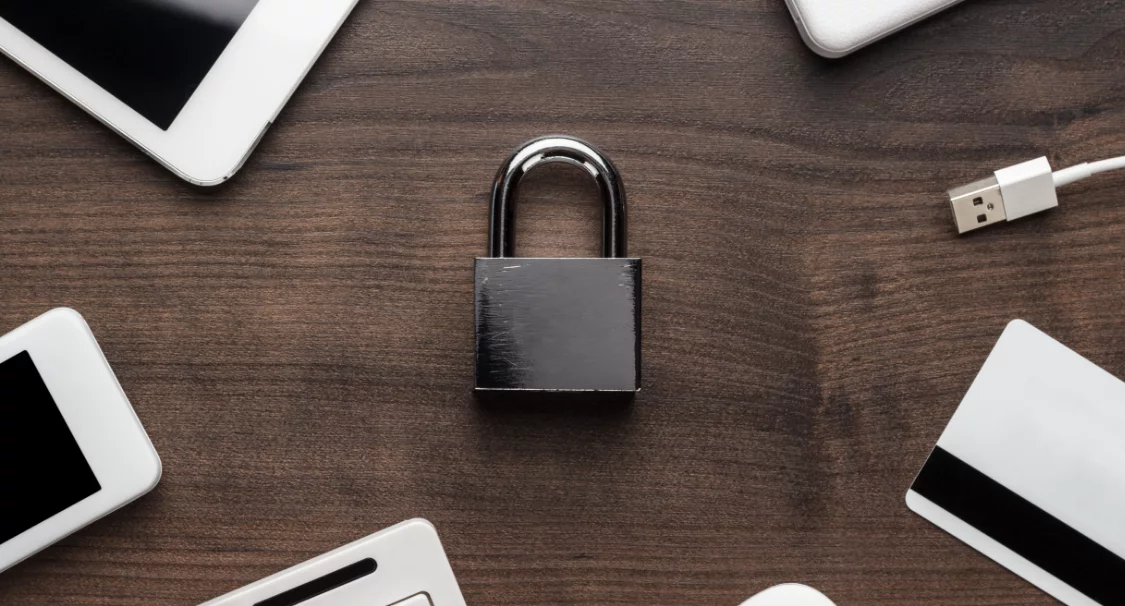In this blog post

Shopping security is one of the critical areas that affect conversion rates and trust in the store. Mishaps can have a very negative impact on the perception of your brand, loss of profits, and customer confidence. Therefore, when deciding which platform to choose, it is worth looking at how it approaches ensuring security.
Shopify – secure by default
The good news for those planning to migrate to Shopify or already using it is that Shopify is a closed platform (sold on a subscription model – Software as a Service). What are the implications of this? It is Shopify that is responsible for the security of the most critical areas of the infrastructure.
In addition to the responsibility for maintaining the infrastructure (database, servers, system backups), there is also responsibility for the security of payments made through Shopify, the security of the admin panel, and APIs (programming interfaces).
On the other hand, on the vendor’s side lies the responsibility for the Shopify security of data (products, customers, orders), the storefront (that is, the part where customers navigate), as well as the security of login data, taking care of who we give permissions to and at what level to manage the store (e.g. access to sensitive data, access to create private applications).
Shopify secure payments are key to building customer trust
The sensitive part of the shopping process, which is the checkout process, is additionally secured for most stores – Shopify does not allow modification of this part of the interface, so the chances of the theft of our customers’ sensitive data drop to practically zero.
An SSL certificate is another ‘gift’ from Shopify for any merchant. With such a certificate, you can be sure that all data sent through the site (e.g. login data, payments) are safe.
It is worth mentioning that Shopify meets the criteria of PCI DSS (Payment Card Industry Data Security Standard), which is a strict standard for card payment security. Thanks to these factors, you don’t have to worry about Shopify’s secure checkout.

Hacking attacks
Shopify also handles other common problems – brute-force attacks or DDoS overload attacks. The former usually involves trying to “guess” the password (of the store owner or customer) through automated mass login attempts and trying different password combinations. Overload attacks, on the other hand, aim to lock down servers through increased traffic that the store can’t “handle.” With a distributed server architecture, firewalls, and algorithms to detect suspicious activity, you can be sure that your store won’t suddenly stop working.
Fraud analysis
Shopify’s algorithms help catch orders that could potentially expose you to losses. However, this applies only to orders paid for with credit cards. Shopify analyzes several potential indicators to warn of a suspicious transaction – these include the distance of the shipping address from the IP address, the country of billing vs. the country from which the order was placed, ordering from suspicious IP addresses, using a payment card with missing or incorrect data.
Shopify will inform you about potentially dangerous orders, so you can take appropriate action – verify the order, cancel it, and return the paid funds.
How do you take care of e-commerce security?
Since Shopify does most of the store security work for us, what’s left on our side? First and foremost, you should ensure that access to your store is secure. In other words, use a unique, strong password (which we do not save in the browser), and enable two-step authentication.
Ensure that those who are given access to the store only see the information that is required for the activities they perform. Require your employees to use secure passwords and dual authentication.
When installing apps from the public store or a custom solution (so-called private apps), review the list of permissions the app asks for and consider whether they make sense.
Data security, on the other hand, should be taken care of by simply creating a data backup. You can approach this topic in several ways – the simplest is to use a backup application that, properly configured, will remember everything for us. The second way is to create a copy of the store – here you will most likely need the support of a Shopify partner. The third, which you can easily handle on your own, is to download the store template to your computer drive and export the data (customers, orders, products, discount coupons, to CSV files.
Summary
We hope you’ve found that Shopify, especially when compared to open source platforms, is a solution that takes a lot of the work of keeping your store secure off your shoulders, and allows you to rest easy and focus on running your business. If you need support in implementing particular solutions, please contact us via the form below.




